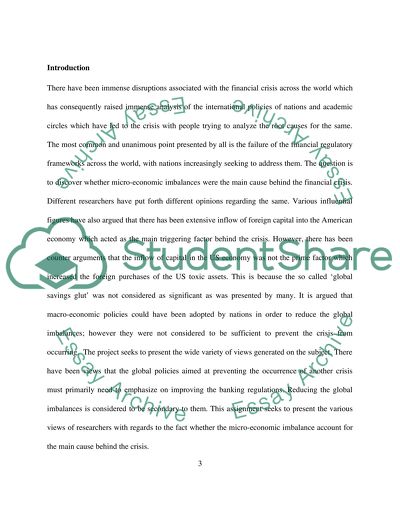Cite this document
(“Global Macroeconomic Imbalances as the cause of the crisis Essay”, n.d.)
Global Macroeconomic Imbalances as the cause of the crisis Essay. Retrieved from https://studentshare.org/macro-microeconomics/1441091-global-macroeconomic-imbalances-as-the-cause-of-the-crisis
Global Macroeconomic Imbalances as the cause of the crisis Essay. Retrieved from https://studentshare.org/macro-microeconomics/1441091-global-macroeconomic-imbalances-as-the-cause-of-the-crisis
(Global Macroeconomic Imbalances As the Cause of the Crisis Essay)
Global Macroeconomic Imbalances As the Cause of the Crisis Essay. https://studentshare.org/macro-microeconomics/1441091-global-macroeconomic-imbalances-as-the-cause-of-the-crisis.
Global Macroeconomic Imbalances As the Cause of the Crisis Essay. https://studentshare.org/macro-microeconomics/1441091-global-macroeconomic-imbalances-as-the-cause-of-the-crisis.
“Global Macroeconomic Imbalances As the Cause of the Crisis Essay”, n.d. https://studentshare.org/macro-microeconomics/1441091-global-macroeconomic-imbalances-as-the-cause-of-the-crisis.


